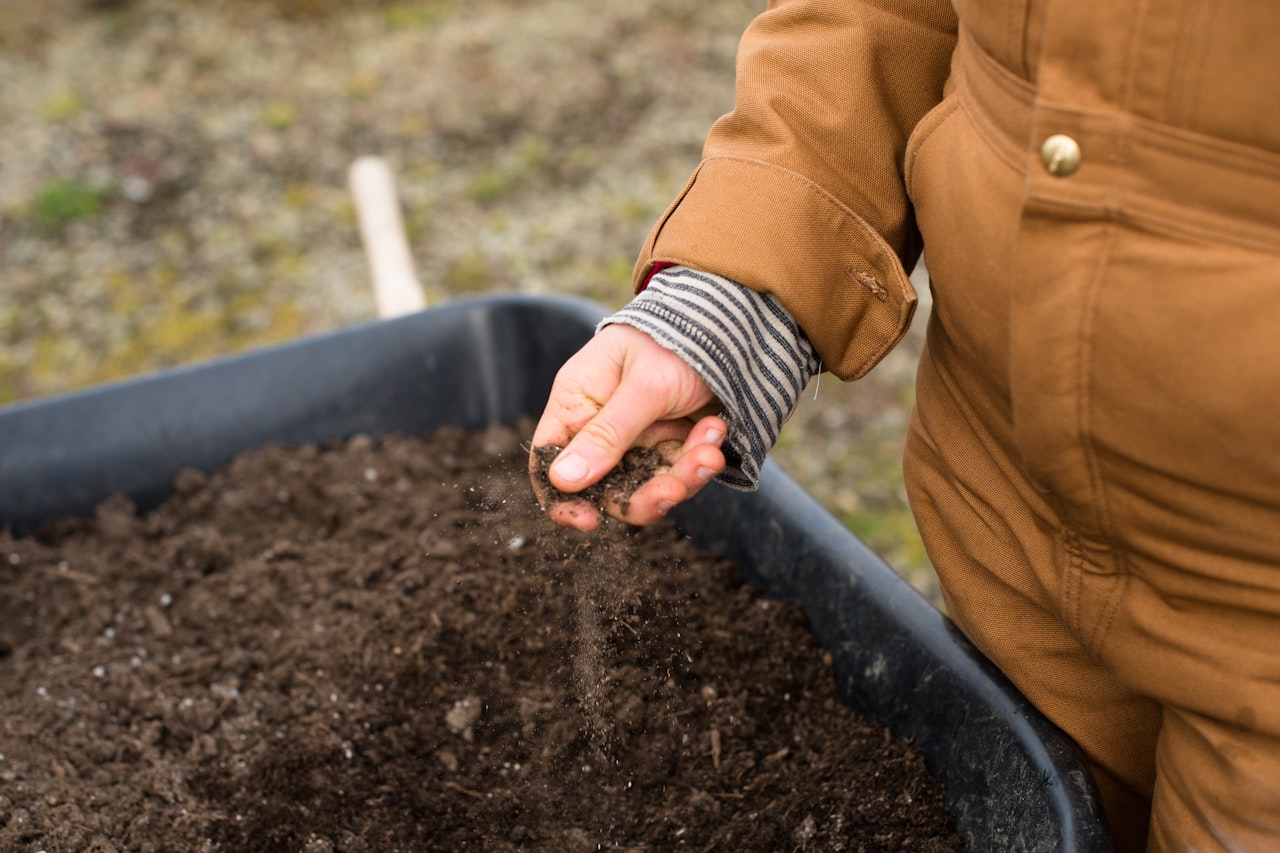Horses are majestic creatures that capture our hearts with their beauty and grace. As equestrians and caretakers, ensuring the safety and security of our equine companions is paramount. Horse fencing plays a crucial role in creating safe enclosures, providing containment, and promoting peace of mind for horse owners. In this comprehensive article, we'll explore the importance of horse fencing, discuss different types of fencing materials, and offer tips for selecting and maintaining horse fences. Let's embark on this journey to safeguarding our equine friends! 🏇🌾🏡
The Importance of Horse Fencing: Horse fencing serves multiple purposes, including containment, protection, and pasture management. Proper fencing prevents horses from wandering, minimizes the risk of injury from straying into hazardous areas, and maintains boundaries between pastures and neighboring properties. Additionally, well-designed horse fencing enhances the aesthetics of equestrian facilities, creating a safe and inviting environment for both horses and riders. Investing in quality horse fencing is essential for ensuring the welfare and security of horses and promoting responsible horse management practices. 🛡️🐎💚
Types of Horse Fencing:
-
Wooden Fences: Traditional wooden fences are popular for their classic appearance, durability, and strength. Options include board fences, split rail fences, and post-and-rail fences, which provide secure containment and rustic charm to equestrian properties. Regular maintenance, such as painting or staining, is necessary to preserve the longevity of wooden fences and prevent rot or decay. 🌳🪵🏡
-
Vinyl Fences: Vinyl or PVC fences offer low-maintenance alternatives to traditional wooden fences, with the added benefits of weather resistance and longevity. These fences come in various styles, including post-and-rail, crossbuck, and privacy designs, providing versatility and aesthetic appeal to equestrian properties. While vinyl fences may have higher upfront costs, their durability and minimal upkeep make them cost-effective investments in the long run. 🟢🪵🏡
-
Electric Fences: Electric fencing systems utilize electrified wires or tapes to deter horses from leaning, rubbing, or pushing on fences. Electric fences are effective for temporary or rotational grazing setups, providing flexibility and ease of installation. Proper installation and maintenance are crucial for ensuring the safety and effectiveness of electric fences, including regular testing of voltage levels and vegetation management around fence lines. ⚡🪵🏞️
Selecting and Maintaining Horse Fences: When choosing horse fencing, consider factors such as horse behavior, property layout, climate conditions, and budgetary constraints. Consult with fencing professionals or equine specialists to determine the most suitable fencing options for your specific needs and preferences. Once installed, regularly inspect fences for damage, loose posts, or protruding nails, and promptly repair any issues to prevent accidents or escapes. Implement pasture rotation and grazing management practices to minimize wear and tear on fences and promote healthy forage growth. 🛠️🌿🐴
Conclusion: Horse fencing is not just about containment; it's about creating safe and secure environments where horses can thrive and flourish. By investing in quality fencing materials, thoughtful design, and diligent maintenance, horse owners can provide their equine companions with the protection and freedom they deserve. Let's ride high with sturdy fences, nurturing the bond between humans and horses while safeguarding their well-being. 🏇🌟🛡️


